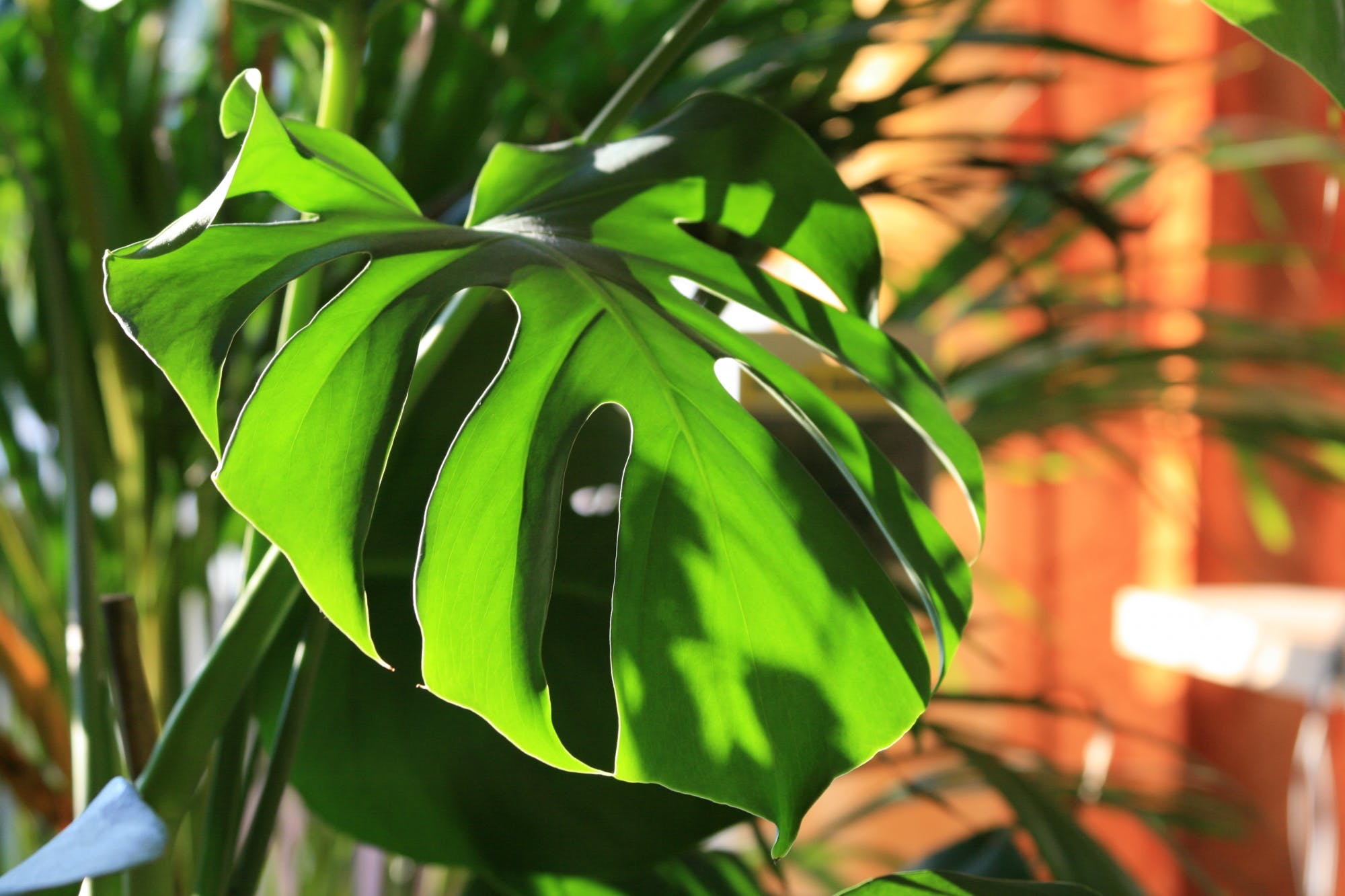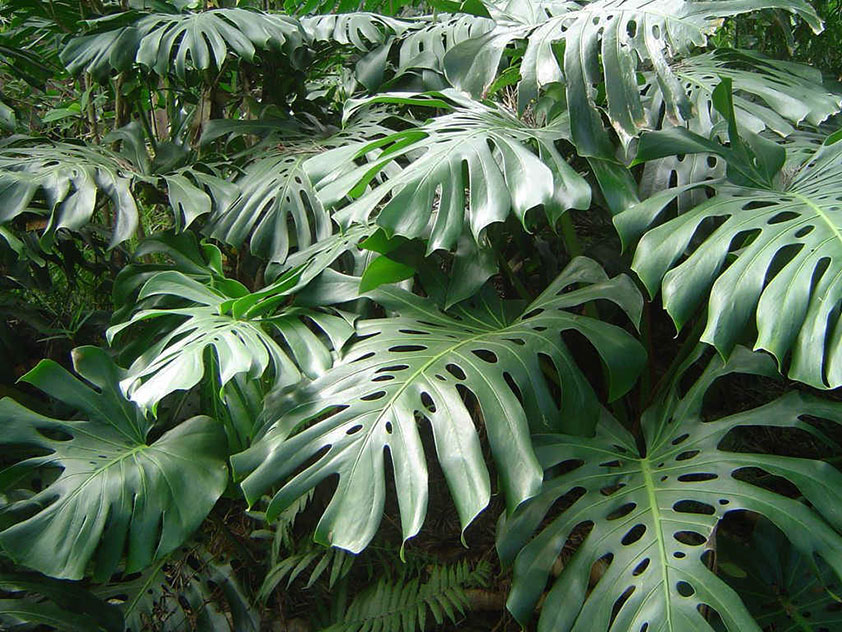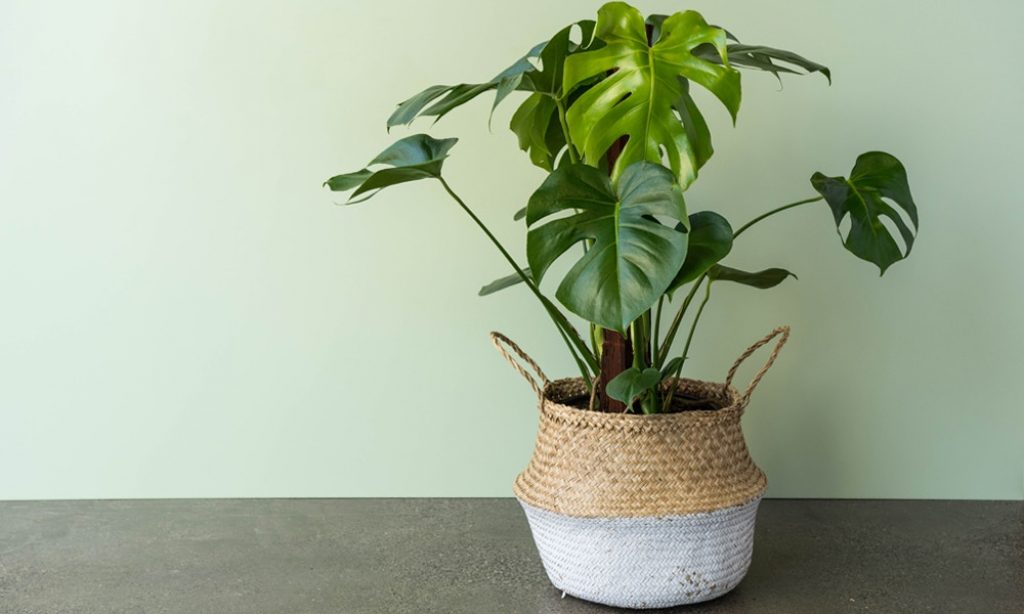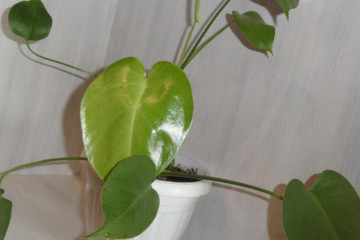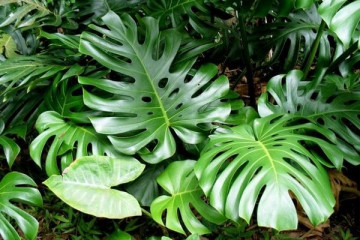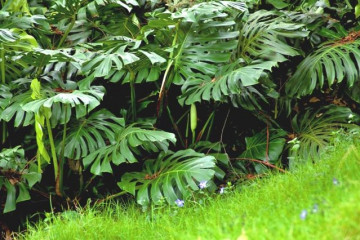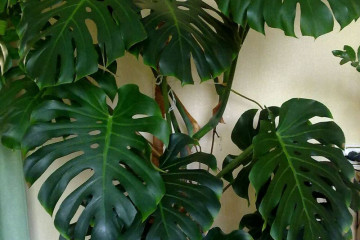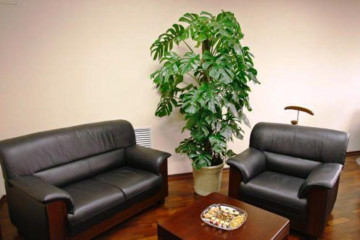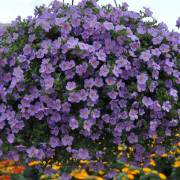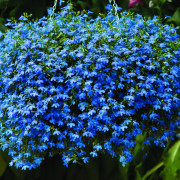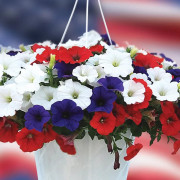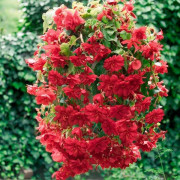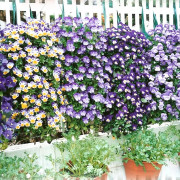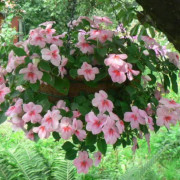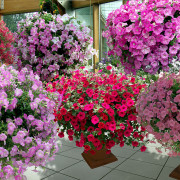Monstera - varieties of ampelous species
Content:
Exotic plants are very popular with modern florists. One of them - Monstera - a guest from South America. Some of its species are climbing vines, they can be grown on the site. Other varieties are kept at home as indoor flowers. However, this exotic beauty does not please with lush flowering, it attracts attention with the beauty of its feathery painted leaves.
Monstera oblique (unequal), or ampelous
The oblique monstera got its name from its unusual shape. Also, the uneven monster is sometimes called ampelous. You can recognize it by the following characteristic features:
- lanceolate or oval leaves without pronounced symmetry;
- the leaves have graceful openwork cuts that resemble lace;
- cuttings are long, thinned at the ends and widened towards the base;
- in adult specimens living in natural conditions, the length of the leaves can be 80-90 cm.
The flower grows well in a warm room (if there is no intense heat) with good ventilation. Likes moderate shade, feels worse in direct sunlight. If there is little light, the leaves gradually become smaller.
The list of basic care measures includes washing the leaves with a damp cloth and spraying with a spray bottle. Reproduction usually occurs by cuttings. You can grow a flower from seeds, but this is a rather long laborious process. A transplant up to four years old is done annually, then every two years. Top dressing is carried out every two weeks from early spring to the end of summer; mineral complex fertilizers are used for indoor flowers.
Monstera: species
In Russia, only a few species of this exotic flower are very popular with amateur flower growers. Experienced breeders can easily identify a species by its characteristic differences. The following types of ampelous monstera are distinguished:
- Friedrichstahl;
- Adanson;
- gourmet;
- pointed.
Different types differ from each other in shape, length, diameter and color of the leaves, as well as the pattern on them.
Monstera Friedrichstahl
Monstera Friedrichstahl is very popular in Russia and in Western Europe. Key Features:
- high height, inconvenient to grow in a small apartment;
- it is one of the few species with beautiful white flowers;
- constantly needs sunlight, it is advisable to keep it on a large window and a wide windowsill;
- from a lack of moisture, the intensity of flowering decreases, and the flowers quickly fall off;
- from a lack of fluid, leaves may suddenly turn yellow. Watering abundantly will help bring the plant back to life.
Monstera Adansona
Monstera Adansona has a strong immunity to diseases and pests, it lives for a long time, provided it is properly cared for. It has ovoid oblong leaves with graceful oval cuts. The apartment almost never blooms. Under natural conditions, the height can reach 8 m. The inflorescences resemble corn cobs, have a light yellow color.It is undemanding to the composition of the soil; top dressing in the summer period can be carried out once every 3 weeks. For normal development and growth, it is advisable to place a support next to the curly flower.
Monstera Obliqua
Monstera Oblique (Latin name "Oblique Monstera") is one of the most unpretentious species to care for. Key Features:
- the leaf is shaped like a sickle;
- the slots are located asymmetrically, have different lengths and widths;
- leaf length up to 20 cm, width - up to 6 cm;
- with high humidity, droplets of evaporating water can be seen on parts of the plant.
An artificial trunk with a height of about a meter is well suited as a support; it can be purchased at any flower shop. The plant has aerial roots that are responsible for transporting moisture and food to the trunk. They are also a support for newly formed shoots. Removing air roots is not recommended. They need to be bent slightly and directed into the ground.
In the summer, you should take more care of the flower at home and increase watering. The soil in the pot should not be constantly wet, otherwise the leaves may turn black. If it is hot at home, you can temporarily place the long roots in a vessel with warm, settled water. In July - August, the flower can be shaded.
In addition to fertilizing with mineral fertilizers, it is recommended to periodically fertilize the soil with a liquid diluted mullein.
Small-leaved monsters
The second name of this variety is dwarf monsters, there are several varieties of them. Varieties of small-leaved monstera:
- variegat;
- Karvinsky;
- perforated.
Any small-leaved monstera loves moisture, but does not tolerate direct sunlight, so it is better to plant it on the west (east) window. If the indoor air is very dry, the shoots may turn brownish brown.
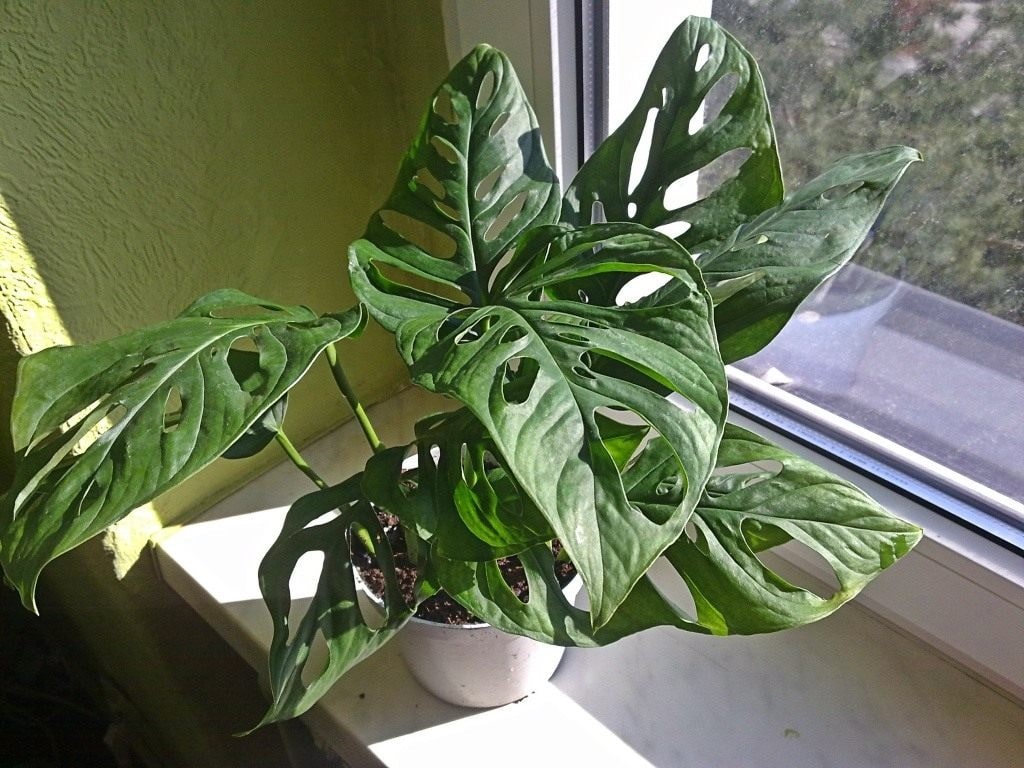
Dwarf varieties growing in pots are not recommended to be transferred frequently from place to place.
Monstera Karvinsky
Monstera Karvinsky looks impressive and is often used for interior decoration. Its leaves resemble miraculous lace. But slots appear only in adult plants, in young growth the leaves are solid, oblong or heart-shaped. Grows well in the shade, does not feel good under the sun. In winter, watering should be reduced to prevent fungal diseases. It is recommended to transplant adult specimens every 3-4 years.
Grows well in soil designed for palms and vines. You can make your own nutritional mixture from peat, earth for deciduous and coniferous plants, mixed in equal proportions. You can propagate by cuttings or lateral layers.
This species is often grown in offices, hotels, cafes and country houses. Under natural conditions, the height of an adult specimen can reach 3 m.
There are many superstitions associated with this southern indoor flower. However, none of them are scientifically substantiated. Recent studies have shown that monstera has an extremely beneficial effect on the air in an apartment (office), and is also a unique natural barometer. It is unpretentious and requires very little attention, most importantly, warmth, moderate sun and frequent intensive watering.
